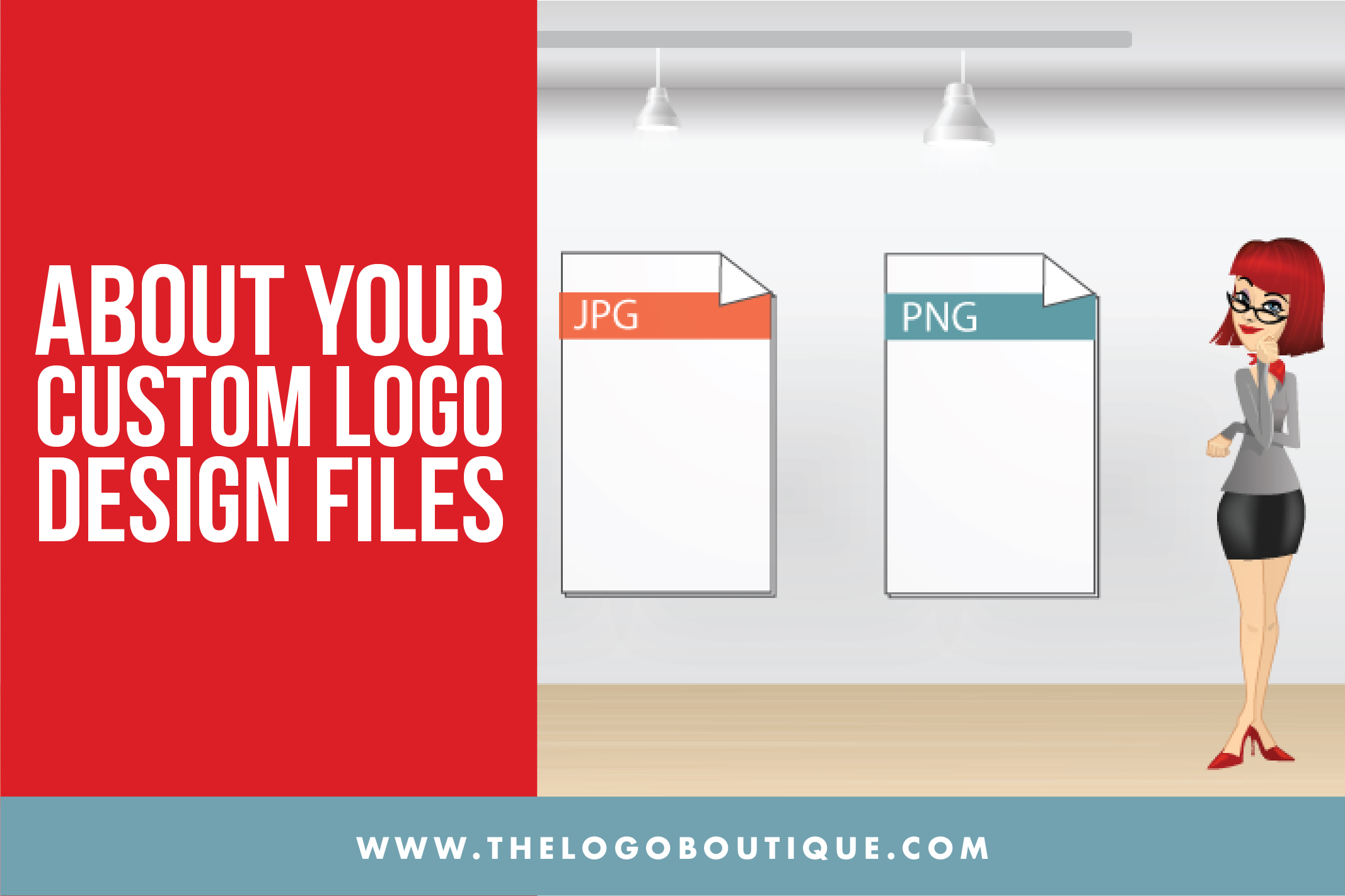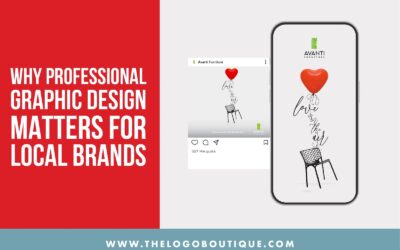If you decide to hire a professional logo design specialist to create your company logo, you will need to understand some important aspects of the files to be sent to you. It is highly imperative that you know everything about your files before your custom logo design is finalized.
Graphics – Pixel Graphics vs. Vector
Pixel graphics are design formats that designers use for creating logos. Pixel or Photoshop files like bitmap are digitalized images or symbols and generally feature blurry edges. Pixel images are resizable. This means that their resolutions can be adjusted; however, doing so diminishes their quality.
Vector based programs on the other hand, are programs like Adobe Illustrator. Professionals that specialize in custom logo design commonly use Illustrator to create their work. Vector-based images can also be resized. However, unlike pixel images, their quality is not compromised.
Once your professional logo design is completed, it will very likely be in an EPS (Encapsulated Post Script) file format. If you do not have Adobe Illustrator, you might not be able to open your file. In such a case, you might have to get the application or simply insert the finished EPS file within a document to open it. Alternatively, you can simply provide the file to your printing vendor the way it is. The vendor is surely going to have a supporting program to access it and publish or print it.
File Types
EPS
EPS files are the elite standards in logo file systems. In truth, Photoshop files are usually not universally accepted. This implies that if your files are Photoshop types, it is very likely that you won’t be able to access/open them on all computers and printers. In fact, other vendors might not be able to retrieve the files. Whenever you need to pass on your custom logo to any graphic design professional, make sure you give it to them in the EPS format, unless otherwise requested.
JPEG
JPEG is the most common type of format for professional logo design files. In fact most people are only familiar with this particular format. JPEG files are easily operable in Word and various other programs. JPEGs usually have two problems:
- They do not resize properly.
- They generally have background fills (e.g. white background color).
For these two reasons, JPEG images should be created keeping their immediate and future uses in mind. For example, if you are creating a custom logo to be printed on large posters, you will need to create the image large enough so that it doesn’t need to be resized for printing.
PNG or GIF
PNG and GIF files are alternatively used in place of JPEGs. Unlike JPEGs, PNG and GIF file formats allow for transparent backgrounds. However, their limitations are basically the same as that of JPEGs since they are also pixel images.
File Library
Whenever professional logo design experts create a custom logo for clients, they provide the clients a complete library of all the electronic final files. All the files are provided in the different color variations employed, such as:
- Pantone/PMS (Pantone Matching System) color
- CMYK (Cyan Magenta Yellow black ) color
- RGB (Red, Green, Blue) color
- Black and white
- Grayscale




